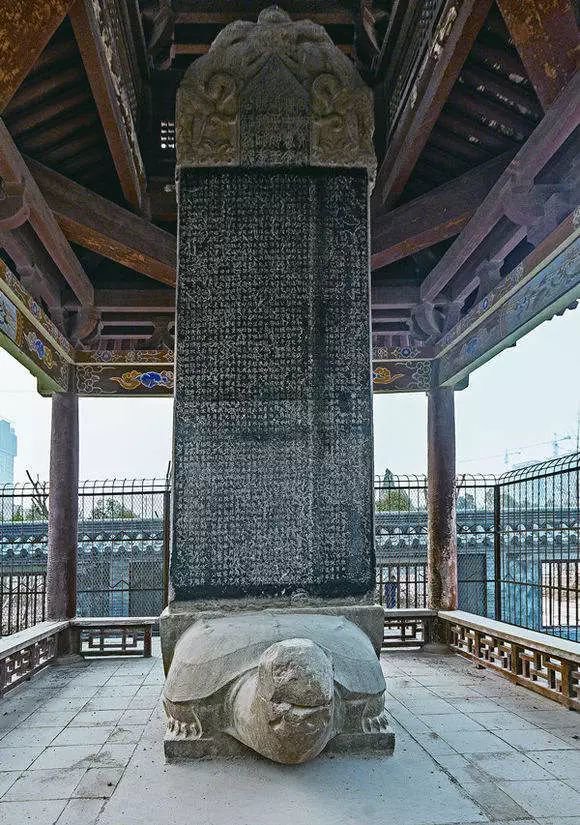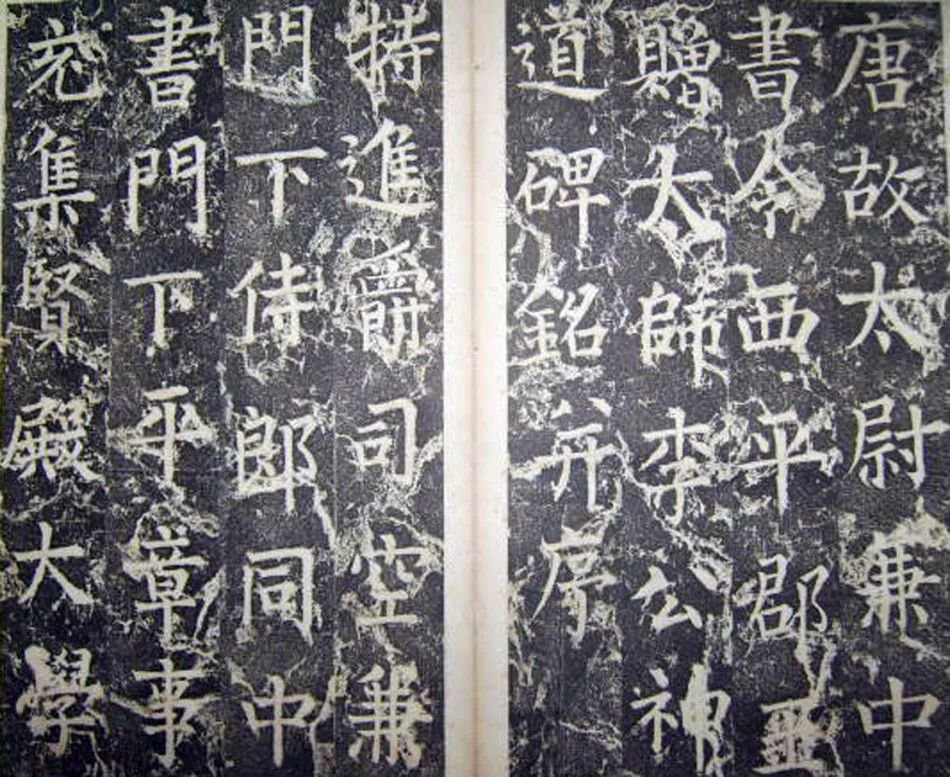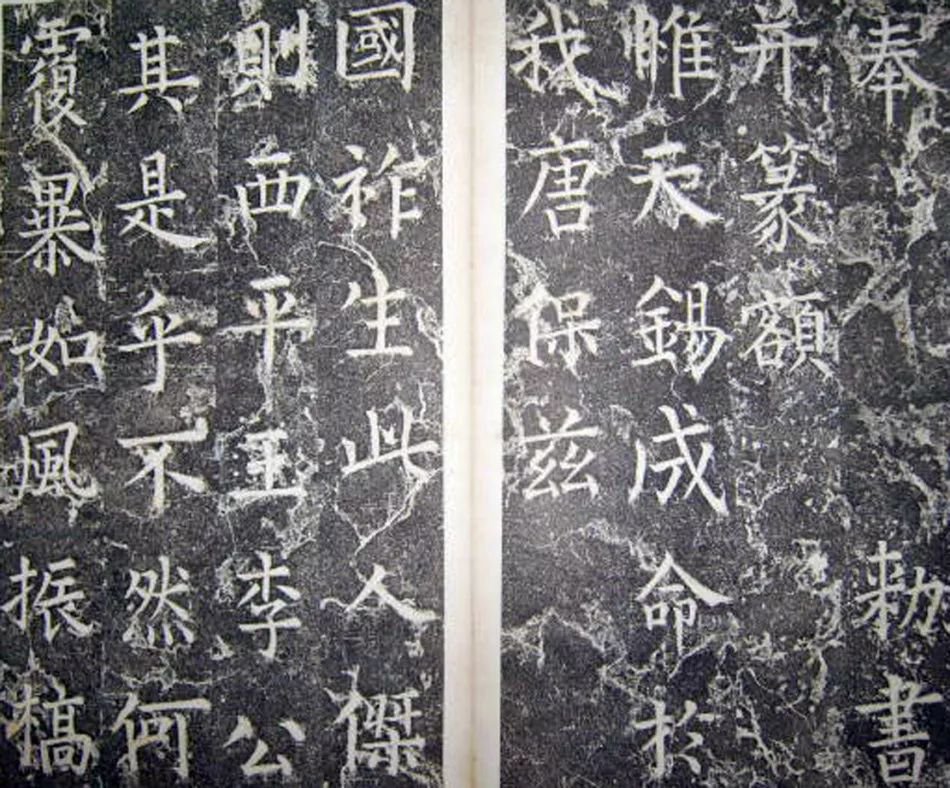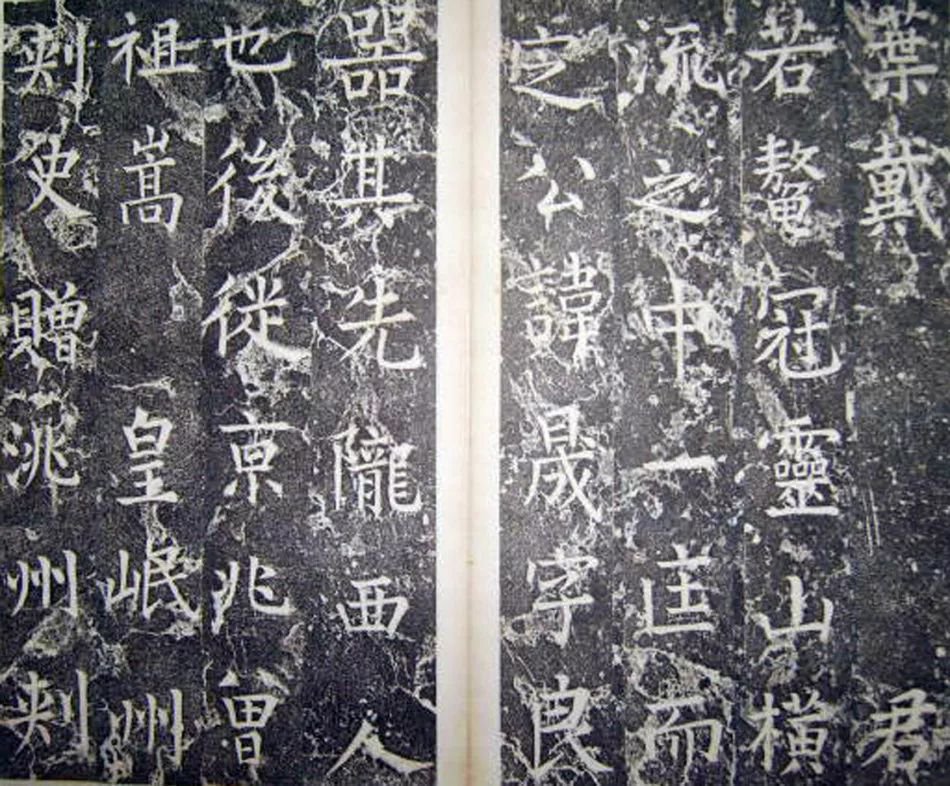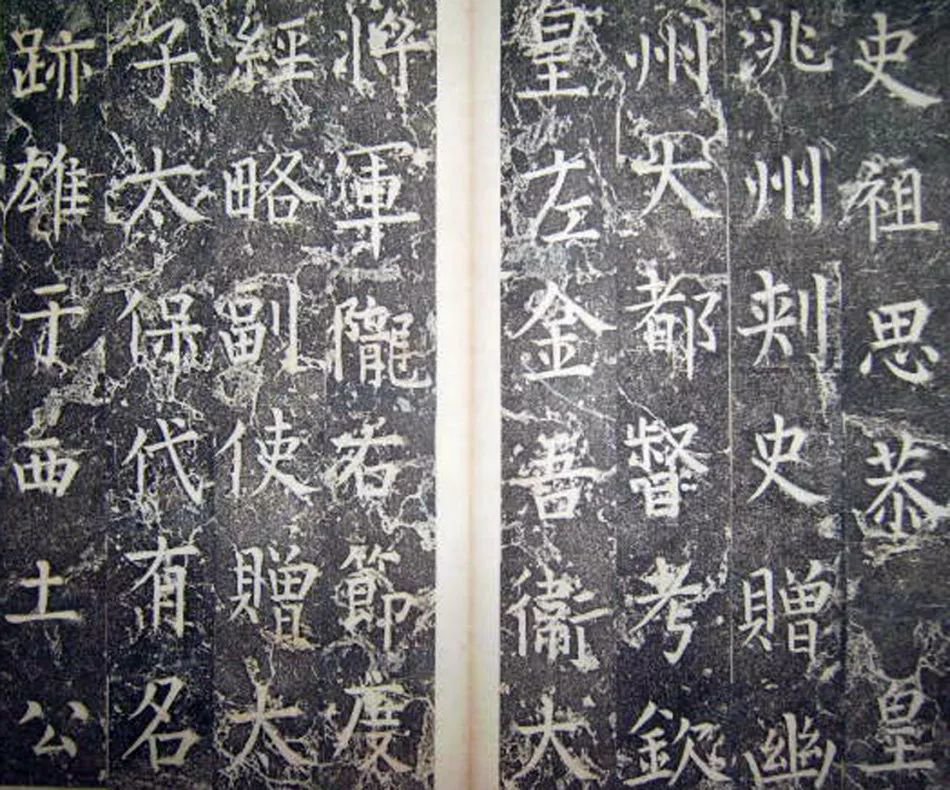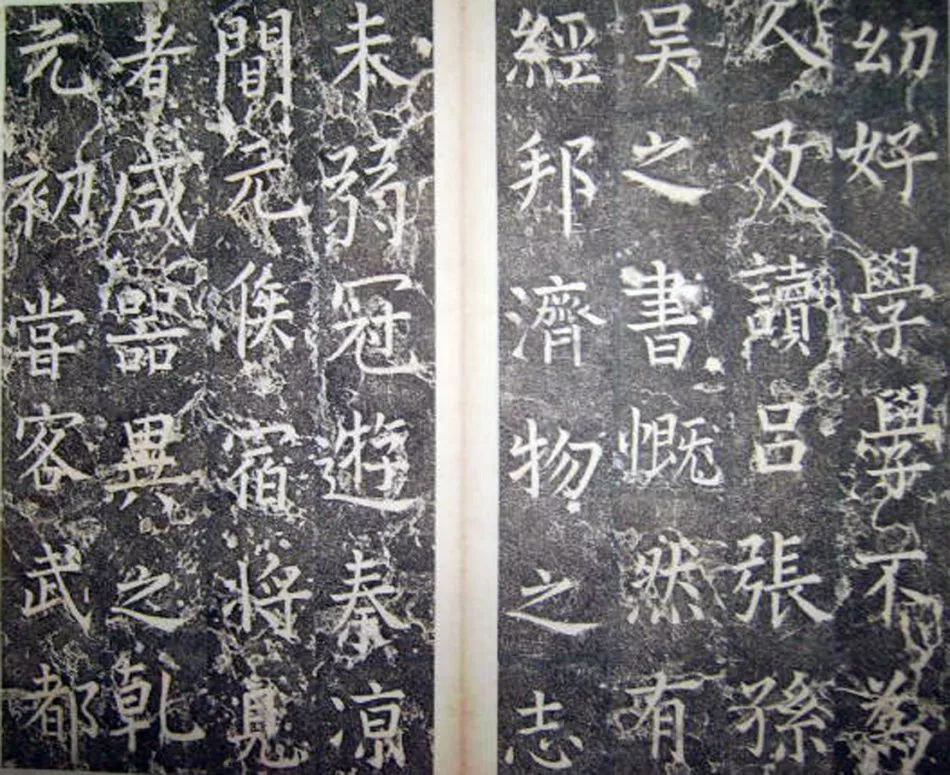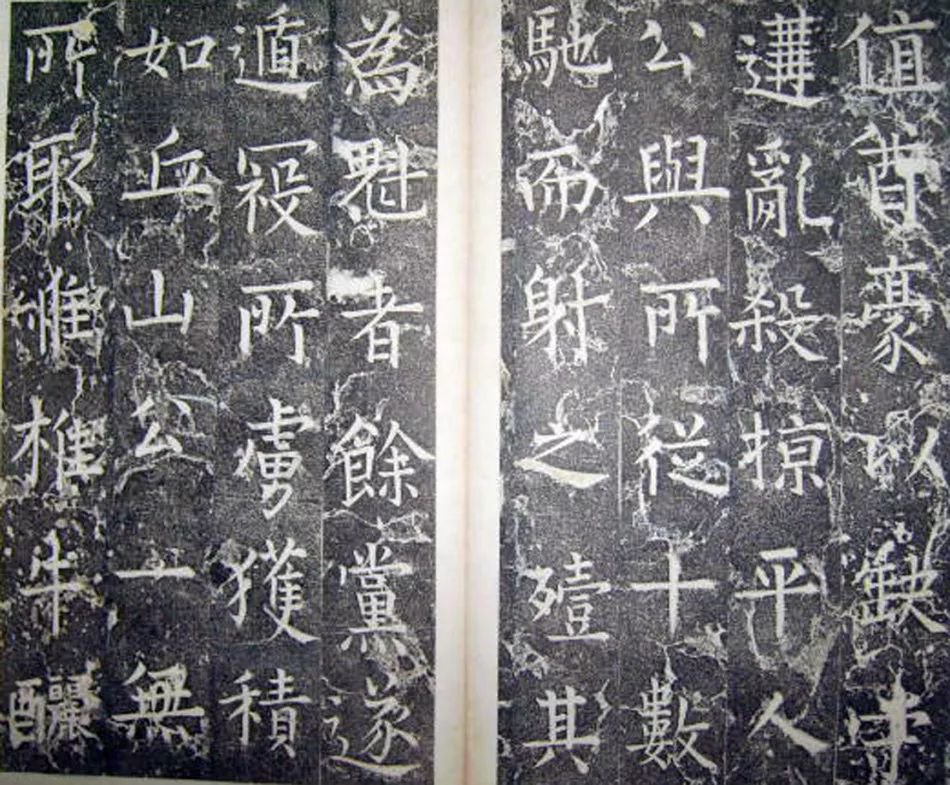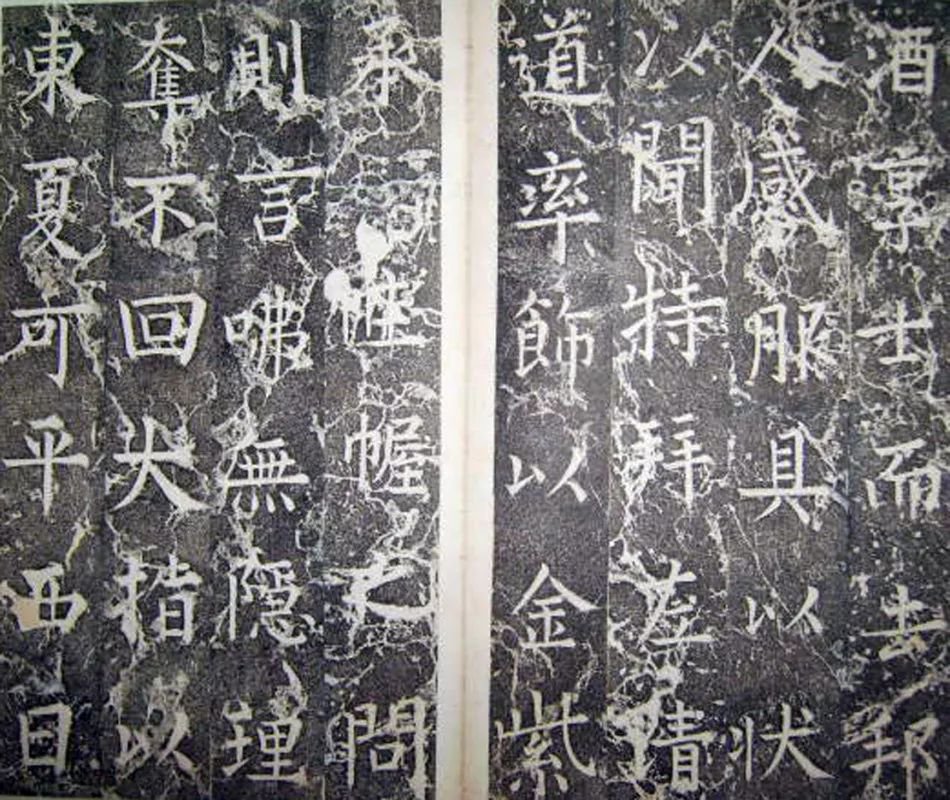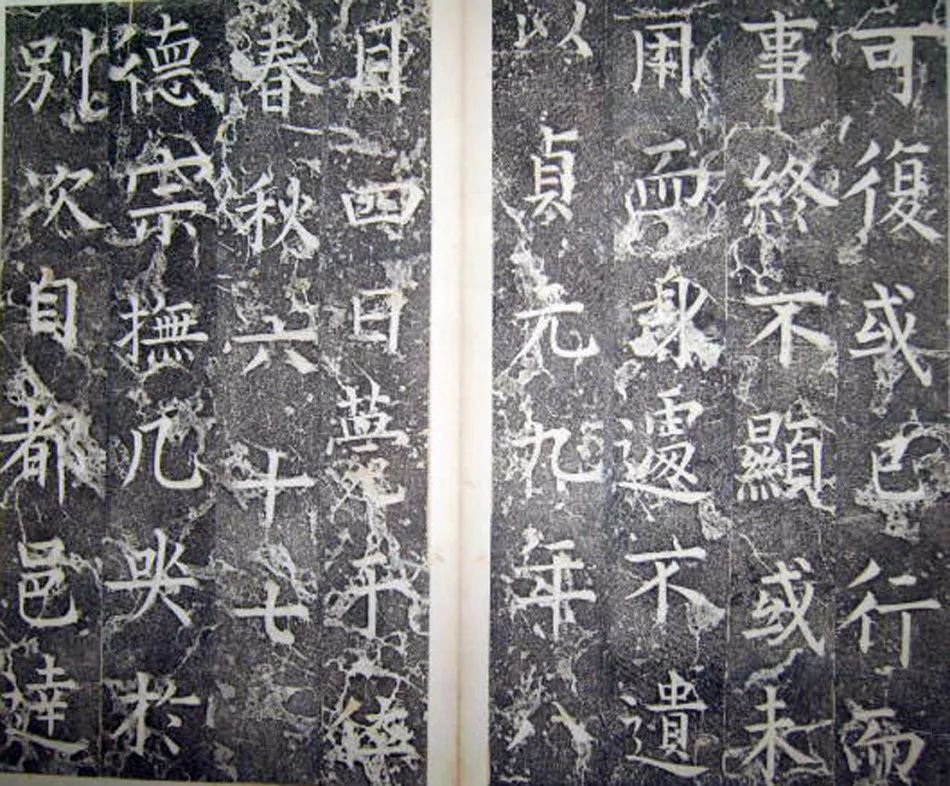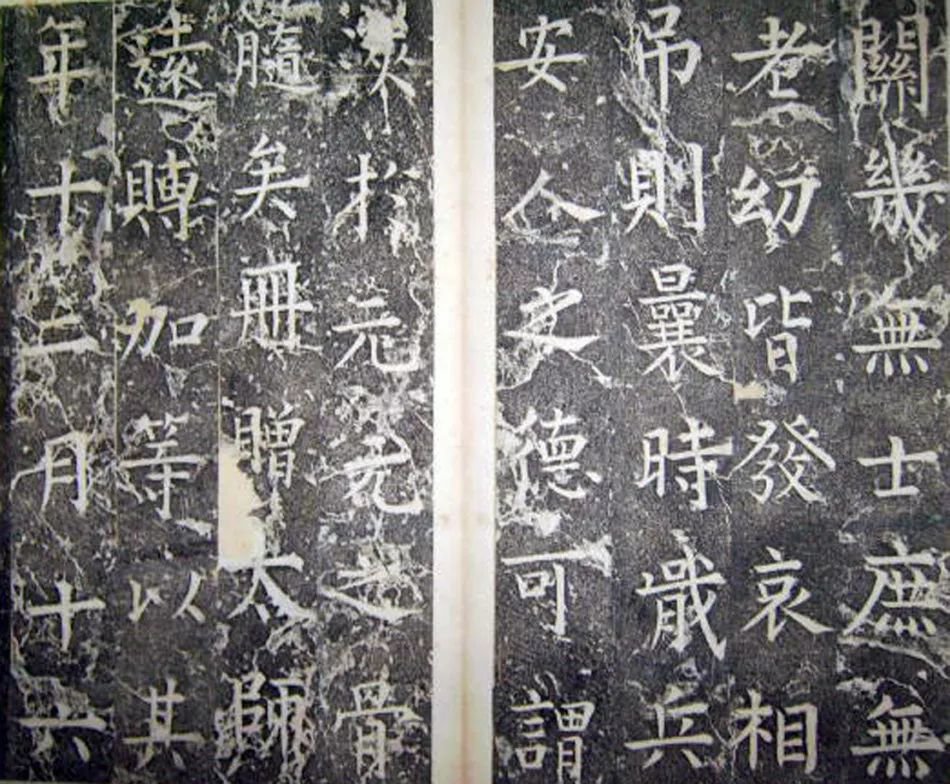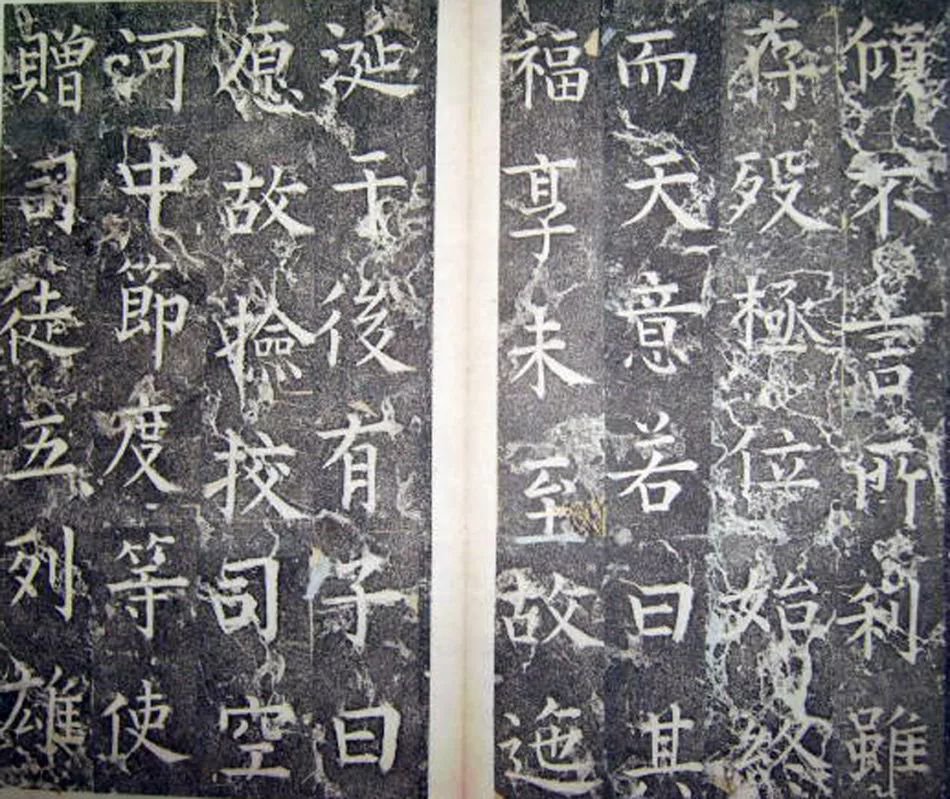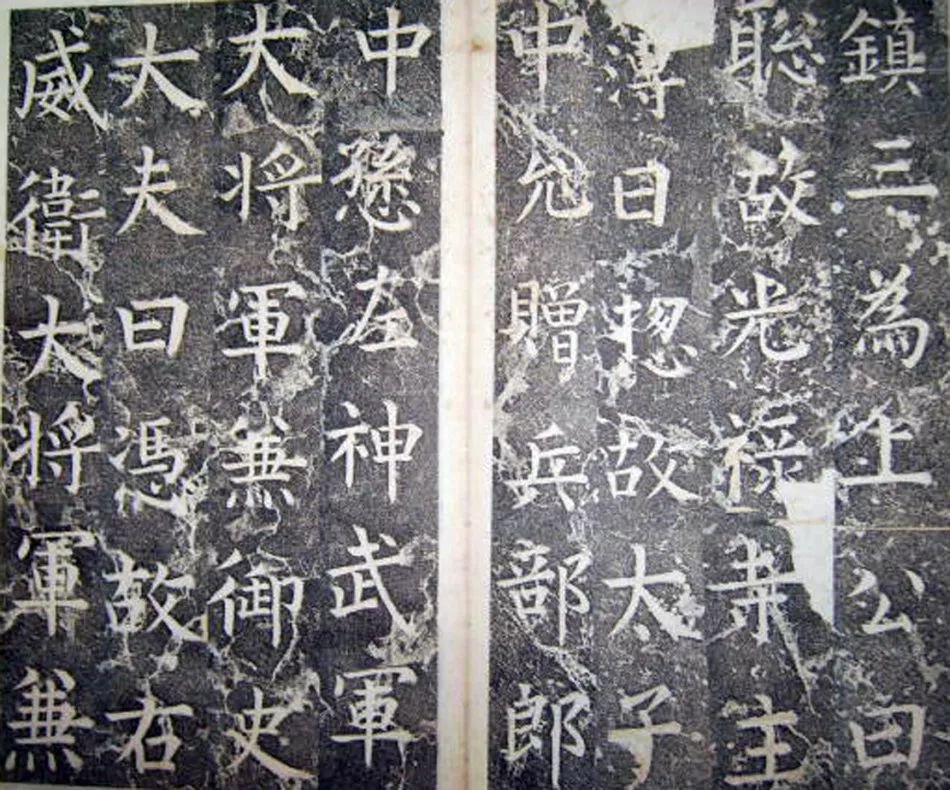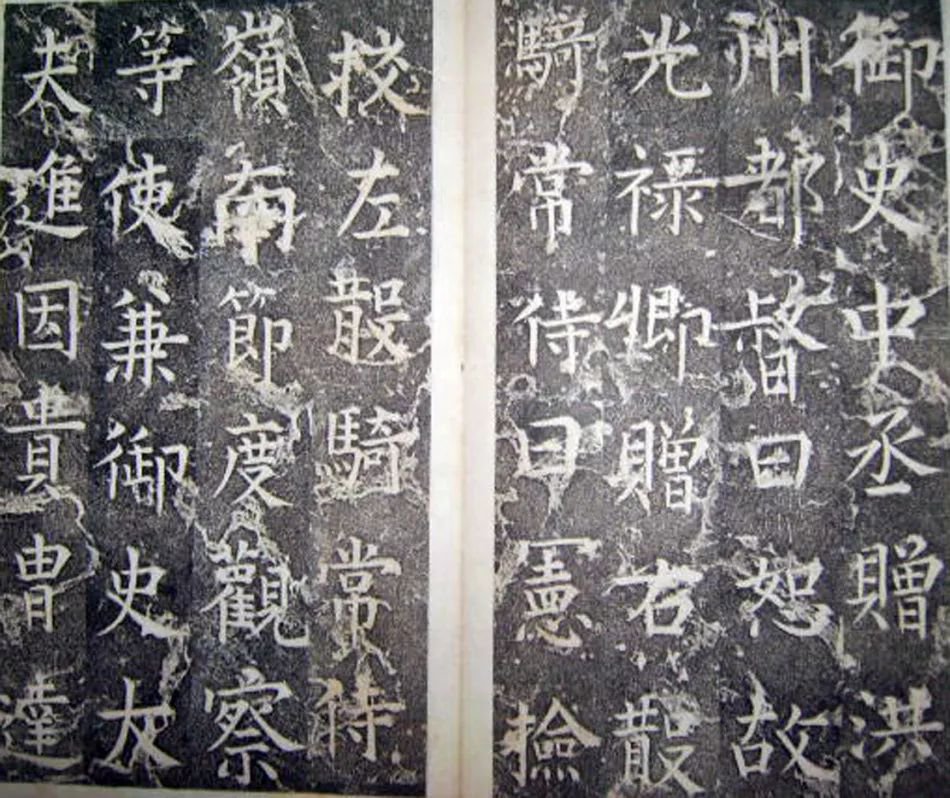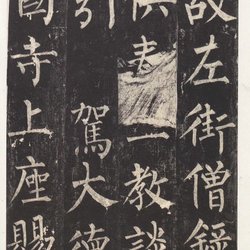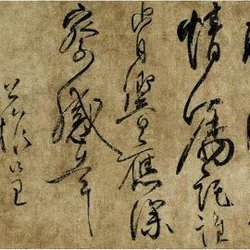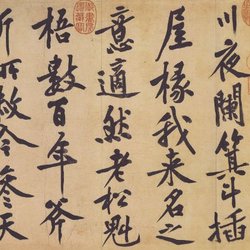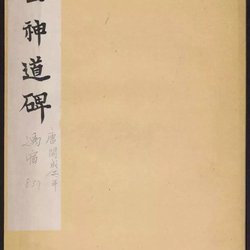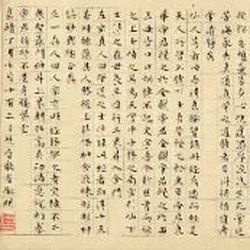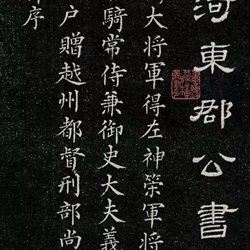The full name of "The Stele of Li Sheng, Prince of Pingxi County" is "Inscriptions and Prefaces on the Shinto Stele of Grand Master Li Gong presented by Prince Xiping of the Tang Dynasty and Zhongshu Ling". An official inscription from the Tang Dynasty. The inscription praises Li Sheng (727-793), the prime minister and military strategist of the Tang Dynasty. The famous prime minister Pei Du (765-April 21, 839) wrote the article, and Liu Gongquan wrote it with seal on the forehead.
The stele was erected in Gaoling in the third year of Emperor Wenzong's reign (839). The stele is one foot four feet two inches high and five feet eight inches wide. It has 34 lines in total and 61 characters in the entire line.
Liu Gongquan (778-865) was a famous calligrapher and poet in the Tang Dynasty. His calligraphy is famous for his regular script, and he is known as the "Four Masters of Regular Script" together with Ouyang Xun, Yan Zhenqing and Zhao Mengfu. He first studied the calligraphy of Wang Xizhi, and later studied the calligraphy of famous calligraphers of the Tang Dynasty. He absorbed the strengths of Yan Zhenqing and Ouyang Xun, incorporated new ideas, and created his own unique "Liu style", which is famous for its strong bones. As famous as Yan Zhenqing, they were both called "Yan Liu", and later generations had the reputation of "Yan Jin Liu Gu".
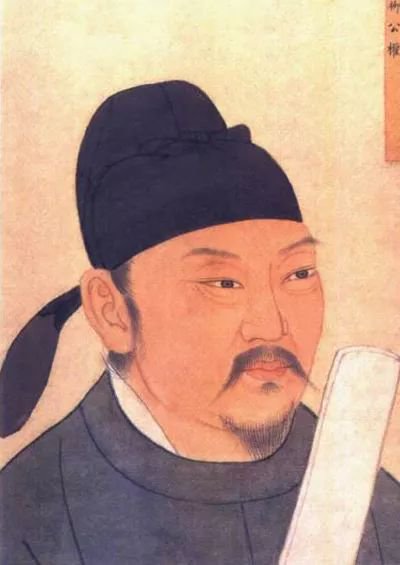
The "Stele of Li Sheng, Prince of Pingxi County" dates from the Tang Dynasty to the present. It has been a long time since the Ming Dynasty. It has been covered with stones and flowers in recent rubbings, and the calligraphy is peeling off. However, at first glance, the font has strong bones, sharp edges and corners, crisp stipples and strong strokes, and the power of Liu Gongquan's calligraphy can be seen between the lines.
This monument is now on the campus of No. 1 Middle School in Gaoling District, Xi'an City, Shaanxi Province.
